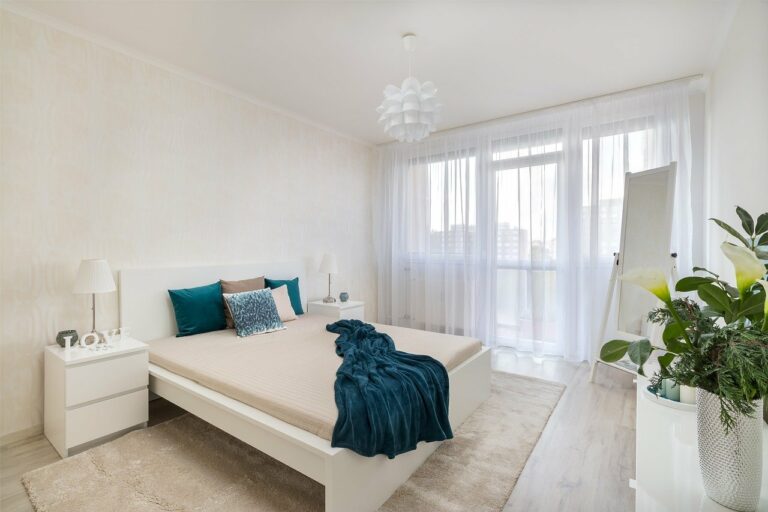Designing a Home Theater with Acoustic Panels: Immersive Sound Experience
When setting up a home theater, one key element that often goes overlooked is the importance of acoustic panels. These panels are designed to absorb sound waves, preventing echo and reverberation in the room. By reducing these unwanted acoustic effects, the panels help to create a more immersive and enjoyable audio experience for viewers.
In addition to improving sound quality, acoustic panels also enhance the aesthetics of a home theater space. Available in a variety of colors, shapes, and sizes, these panels can be customized to complement the decor of the room. Not only do they add a stylish touch to the space, but they also serve a practical purpose in optimizing the acoustics for an all-around better viewing experience.
• Acoustic panels absorb sound waves, reducing echo and reverberation in the room
• Improved sound quality creates a more immersive audio experience for viewers
• Aesthetically pleasing panels come in various colors, shapes, and sizes to complement room decor
• Customizable panels add a stylish touch while optimizing acoustics for better viewing experience
Choosing the Right Acoustic Panels for Your Space
When selecting acoustic panels for your space, consider the size of the room and the specific sound issues you want to address. Smaller rooms may benefit from thicker panels to absorb more sound, while larger rooms may require a combination of absorption and diffusion panels to create a balanced sound environment. Additionally, the aesthetic appeal of the panels should not be overlooked, as they can also serve as an important design element in your space.
It is important to choose acoustic panels that are designed for the frequencies you are looking to control. Bass traps are ideal for addressing low-frequency noise, while broad-spectrum panels can help to control a wider range of frequencies. Understanding the acoustics of your space and the type of sound control you need will guide you in selecting the right panels to achieve the desired acoustic results.
Placement Tips for Acoustic Panels in Home Theaters
When it comes to the placement of acoustic panels in home theaters, strategic positioning is key to achieving optimal sound quality. Ensure that the panels are evenly dispersed throughout the room to effectively absorb sound reflections and reduce echoes. Placing panels on the side walls, behind the seating area, and on the ceiling can help create a balanced sound environment and enhance the overall viewing experience.
It is also important to consider the distance between the panels and the primary sound source, such as the speakers or projector screen. By positioning the panels closer to these sources, you can minimize sound reflections and improve the clarity of audio playback. Experiment with different placements and configurations to find the setup that works best for your home theater space and enjoy immersive sound quality for all your favorite movies and TV shows.
What are the key benefits of using acoustic panels in home theaters?
Acoustic panels help improve sound quality by reducing echoes and reverberations, create a more immersive audio experience, and enhance overall acoustics in the room.
How do I choose the right acoustic panels for my home theater space?
Consider factors such as the size of the room, the type of sound issues you are experiencing, and the overall aesthetics of the space when selecting acoustic panels. It is also important to choose panels that are designed for the specific purpose of sound absorption.
Where should I place acoustic panels in my home theater?
Acoustic panels should be strategically placed on the walls and ceiling of the home theater to effectively absorb sound reflections. It is recommended to place panels at first reflection points, corners, and areas with high sound intensity for optimal results.
Can I install acoustic panels myself, or do I need professional help?
While it is possible to install acoustic panels on your own, it is recommended to seek professional help, especially if you are unsure about the placement or installation process. Professionals can ensure that the panels are correctly positioned for maximum sound absorption.







